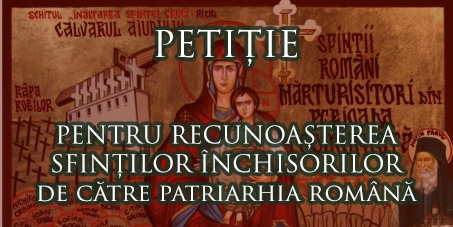Porcii: Fauci vorbește de un Nou Virus din China care ne poate băga înapoi în izolare
Doctorul Anthony Fauci a declarat că un nou virus, descoperit la porcii din China, ale trăsăturile Gripei Porcine din 2009 și ale Gripei Spaniole din 1918.
Fauci, membru important al grupului de combatere a COVID-19 format la nivelul Casei Albe, a fost audiat marți, 30 iunie, în Comisia pentru Sănătate a Senatului.
Doctorul a explicat că noul virus, cunoscut ca „G4 EA H1N1”, nu pare să infecteze oameni, deocamdată, dar are „capacități de adaptare”.
„Cu alte cuvinte, când ai un virus nou care se dovedește a fi un virus pandemic, acest lucru este cauzat de mutații și/sau de adaptarea sau schimbarea genelor”, a spus Fauci.
„Și poate fi găsit virusul la porci, la suine, care au caracteristicile virusului H1N1 din 2009, ale virusului original din 1918, ale căror rămășițe pot fi întâlnite la mulți dintre virușii noștri de gripă, precum și segmente de la alte gazde, ca porcii.”
Fauci i-a avertizat pe senatorii americani în legătură cu „posibilitatea să avem o altă gripă de tipul epidemiei de gripă porcină pe care am avut-o în 2009”.
„Este ceva care se află încă în faza de examinare.”
Gripa porcină H1N1 a apărut în Mexic în 2009, infectând cel puțin 700 de milioane de persoane în lumea întreagă, dintre care 60 de milioane în Statele Unite.
Se estimează că atunci au murit între 151.700 și 575.400 de oameni în toată lumea.
Gripa Spaniolă din 1918, pe care Fauci o compară adesea cu COVID-19, se estimează că a ucis între 30 și 50 de milioane de oameni în lumea întreagă.
În Primul Război Mondial, spre comparație, au murit 20 de milioane de oameni.
De asemenea, Fauci a afirmat că este „destul de îngrijorat”, privind recenta creștere de cazuri de coronavirus din China, acuzând țările lumii că s-au grăbit să adopte măsuri de relaxare, inclusiv Statele Unite.
„Trebuie să transmitem acest mesaj că suntem cu toții implicați în asta. Dacă vom reuși să învingem pandemia, vom reuși împreună (toate țările).”
Folosind de acum tradiționalul său ton panicat, Fauci a avertizat în legătură cu posibilă creștere exponențială a cazurilor în Statele Unite.
Referindu-se la nerespectarea măsurilor de prevenție și de izolare, el a spus: „Avem acum 40.000 și ceva de cazuri pe zi; nu aș fi surprins dacă am ajunge din nou la 100.000 de cazuri pe zi, dacă situația nu se schimbă”.

 Sfinte Părinte Justin roagă-te lui Hristos Dumnezeu pentru noi!
Sfinte Părinte Justin roagă-te lui Hristos Dumnezeu pentru noi!


Fauci says he wears a mask to be a symbol of what ‘you should be doing’
https://edition.cnn.com/2020/05/27/politics/fauci-coronavirus-wear-masks-cnntv/index.html
https://duckduckgo.com/?q=Fauci+jesuit
Anthony Fauci, product of Catholic education, oversees pandemic response
https://aleteia.org/2020/04/02/anthony-fauci-product-of-catholic-education-oversees-pandemic-response/
The Truth about DR. Anthony Fauci
https://realverifiednews.com/the-truth-about-dr-anthony-fauci/
ApreciazăApreciază
Sfântul Ignatie Briancianinov despre iezuitul Ignatiu de Loyola:
The Jesuit Order as a Synagogue of Jews: Jesuits of Jewish Ancestry and Purity-of-Blood Laws in the Early Society of Jesus
https://html.duckduckgo.com/html/?q=The+Jesuit+Order+as+a+Synagogue+of+Jews%3A+Jesuits+of+Jewish+Ancestry+and+Purity-of-Blood+Laws+in+the+Early+Society+of+Jesus
Review: The Jesuit Order as a Synagogue of Jews – Part One
https://theoccidentalobserver.net/2017/12/26/review-the-jesuit-order-as-a-synagogue-of-jews-part-one/
Review: The Jesuit Order as a Synagogue of Jews — Part Two
https://theoccidentalobserver.net/2017/12/27/review-the-jesuit-order-as-a-synagogue-of-jews-part-two/
ApreciazăApreciază